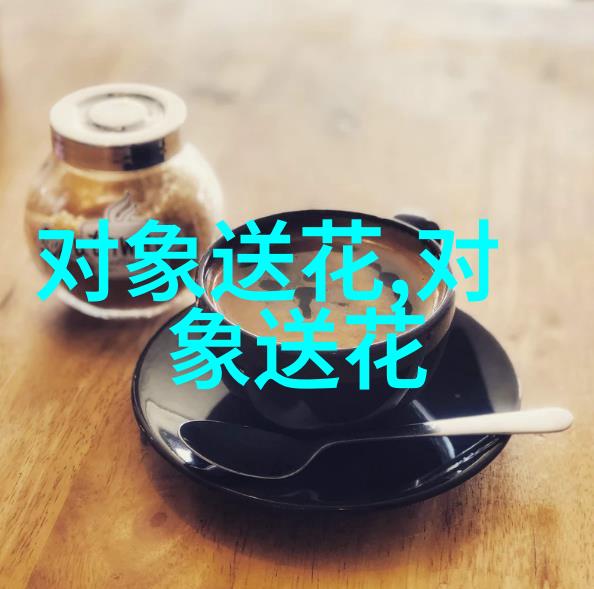彩虹鞘朱迪芝加哥(Judy Chicago)高清作品欣赏
 朱迪·芝加哥(Judy Chicago)高清作品《彩虹鞘》
朱迪·芝加哥(Judy Chicago)高清作品《彩虹鞘》
作品名:彩虹鞘
艺术家:朱迪·芝加哥
年代:1992
风格:女权主义艺术
类型:比喻
收藏:布鲁克林艺术博物馆,纽约,NY,美国
(1992)是芝加哥与她的丈夫,摄影师唐纳德·伍德曼合作举办的“大计划:从黑暗到光明”巡回展览的结束图。他们在这个项目上的八年合作始于1985年,当时他们正在欧洲和中东探索大在当代背景下的意义。这是一次自我发现之旅,通过这次旅程,芝加哥了解了她犹太身份的力量,以及它对她关于艺术家角色的观念的影响,以及创造旨在改变世界的艺术的需要。这也是一个进入黑暗的旅程,不用说,在许多层面上非常令人不安。结果是一个结合了绘画和摄影的展览,以及由选定的工匠在挂毯和玻璃上附加的作品。为了结束这次展览,芝加哥想要一个充满希望的形象,一个未来的愿景,在这个愿景中,人们通过年龄、性别、种族、信仰和文化的不同而团结在一起,以便彼此和自然世界和谐相处。她选择在一个大型的彩色玻璃装置上表现这个愿景,“彩虹沙巴特:未来的愿景”,因为用她的话说,“光就是生命”。她和伍德曼来到以色列的朋友家里。正如她后来写道:那里有十二个人:来自四个不同国家、不同年龄的男男,大多数是陌生人。我们都围着桌子走来走去,讲故事,每个人都听了好几个小时。对我来说,这个晚上不仅让我想起了我的童年,还让我想起了唐纳德和我与世界各地的犹太人一起度过的令人难以置信的温暖时光。在我们旅行期间,被欢迎进入犹太家庭给了我们一种深刻的全球社会意识,并且给了我对这个项目的最后形象的想法,一个乐观和希望的形象。芝加哥选择描绘沙巴特仪式,每个人的头都转向妇女。他们将在她祝福蜡烛的同时,她丈夫举起他的KIDUHU杯子,唱着他妻子的赞美。正如芝加哥所打算的那样,这压缩了SabbAt事件的实际序列,但仍然忠实于它的精神。它也庆祝犹太人和女性的经验,表明两者都提供了人类改造的潜力。除了中央的窗户,还有两块镶板,上面有英语和依地语的祈祷文,是根据特里森斯塔特的一位幸存者的诗写的:治愈那些破碎的灵魂,他们没有和平,带领我们从黑暗走向光明。
Title:Rainbow Shabbat
artist:Judy Chicago
Date:1992
Style:Feminist Art
Genre:figurative
Location:Brooklyn Museum, New York City, NY, US
Rainbow Shabbat (1992) is the concluding image in the Holocaust Project: From Darkness into Light, a traveling exhibition that Chicago created in collaboration with her husband, the photographer Donald Woodman. Their eight-year collaboration on this project began in 1985 as a journey through Europe and the Middle East to explore the meaning of the Holocaust in a contemporary context. It was a journey of self-discovery through which Chicago came to understand the strength of her Jewish identity and its influence on her ideas about the artist’s role and the need to create art that aims to transform the world. It was also a journey into darkness that was, needless to say, immensely disturbing on many levels. The result was an exhibition that combined painting and photography, with additional work in tapestry and glass by selected artisans. To conclude the exhibition, Chicago wanted an image of hope, a vision for a future in which people are joined together across differences in age, gender, race, faith and culture to live in harmony with one another and the natural world. She chose to represent this vision in a large stained glass installation, Rainbow Shabbat: A Vision for the Future, because in her words, Light is Life. The idea for the Rainbow Shabbat as an image and message of hope came to Chicago during a memorable Shabbat dinner at the home of friends during a visit she and Woodman made to Israel. As she later wrote: There were twelve people there: men and women from four different countries, of different ages, and mostly strangers. We all went around the table and told stories, and everyone listened for hours. For me the evening brought up not just feelings about my childhood but also the incredibly warm moments Donald and I had shared with Jews around the world. Being welcomed into Jewish homes during our travels gave us a profound sense of a global community and provided me with an idea for the last image of the project, an image of optimism and hope. Chicago chose to depict the Shabbat service with the heads of everyone turned toward the woman—as they would be during her blessing over the candles—while her husband raises his Kiddush cup and sings his wife’s praises. As Chicago intended, this compresses the actual sequence of Shabbat events but stays true to its spirit. It also celebrates both the Jewish and the female experience, suggesting that both offer the potential for human transformation. In addition to the central window, there are two side panels incorporating a prayer in English and Yiddish, based on a poem by a survivor from Theresienstadt: Heal those broken souls who have no peace and lead us all from darkness into light.